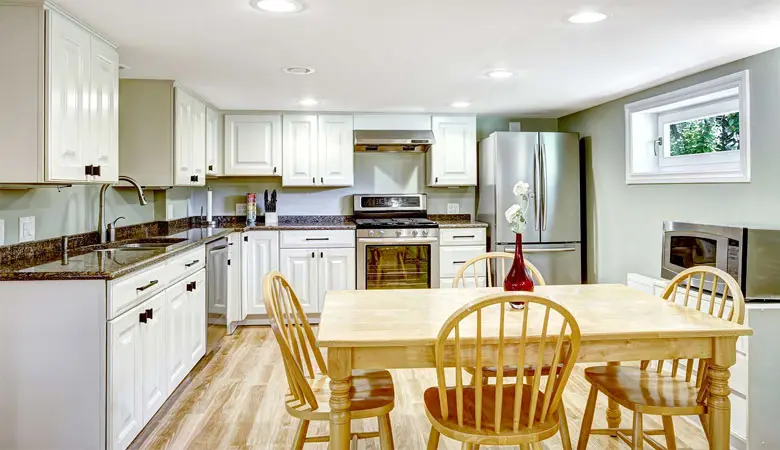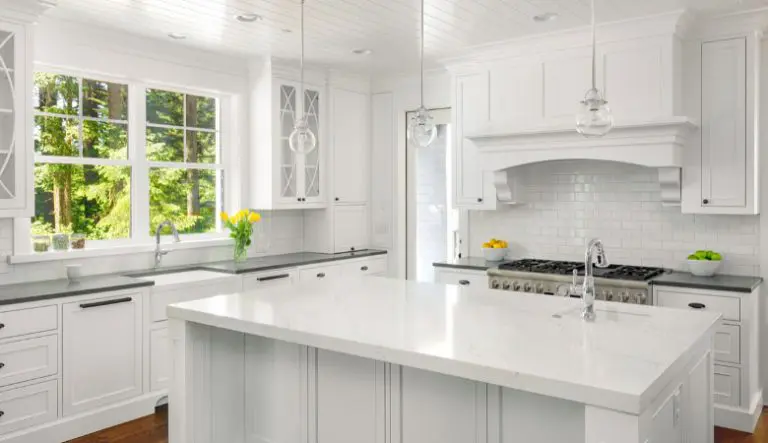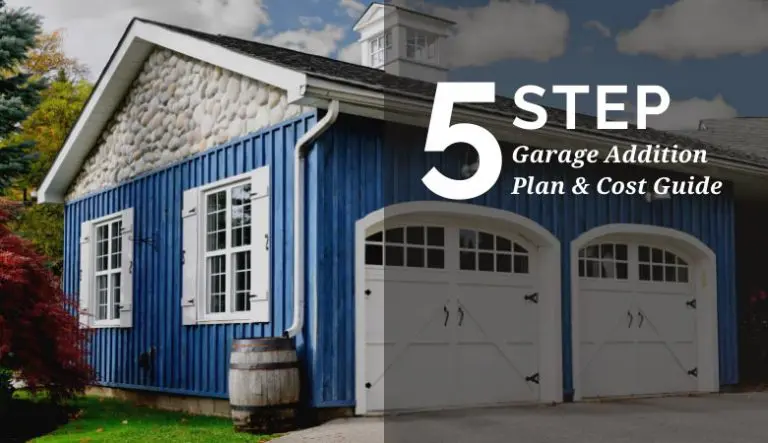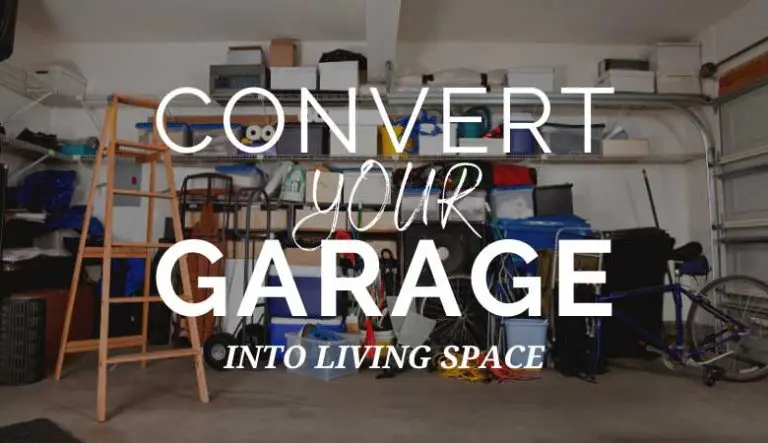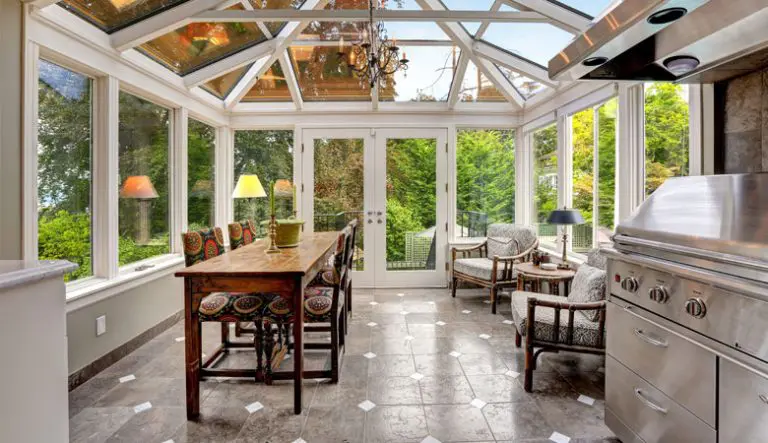Basement remodeling can add lots of extra living space to your home but beware; basement water leakage could put a real damper on your hopes if not properly corrected
Because a basement is below ground, it will be naturally cooler than the floors above ground. When warmer air from upstairs or outside enters the basement, it shrinks in volume as it cools. This shrinking or “condensing” of the air volume results in higher humidity. Everything porous in your basement will absorb the extra moisture in the air and cause a foul odour. Dehumidifiers are appliances which mechanically remove the unwanted extra humidity from your basement. A good dehumidifier is a must if you plan on remodeling your basement. Even a basement that doesn’t leak will benefit from using a dehumidifier.
Table of contents
Water Leakage
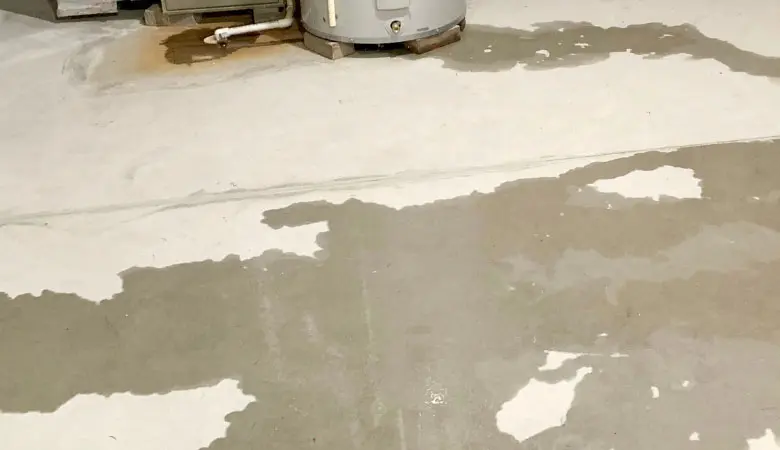
Without doubt, water leakage into the basement must be permanently corrected before you start your remodeling project. Start by correcting obvious sources of the problem; broken or non-existent rain gutters, down spouts emptying next to the foundation, ground outside sloping toward the home, uncovered underground windows, etc.
After you exhaust all preventative measures outside, try to identify areas inside where you are experiencing the leakage. Here are some things to look for:
- corner of the basement seems to be a particular problem, look outside at your rain gutter downspouts
- visible cracks in the walls leaking, some of these can be repaired with hydraulic cement or crack injection
- water seems to be coming in from an isolated area, installing a sump pump below floor level can lower the water table and underground hydrostatic pressure in that area
- you are unsure or your problems seem to be widespread, it might be best to call in a building inspector, engineer or other professional to help you identify and solve your problem.
There are a variety of services available to solve your leakage problems. These include; outside excavating, re-parging your walls, interior or exterior drainage systems, interior cove systems, grout or epoxy injection and others. Most of these options will require a professional.
Basement Remodeling Begins
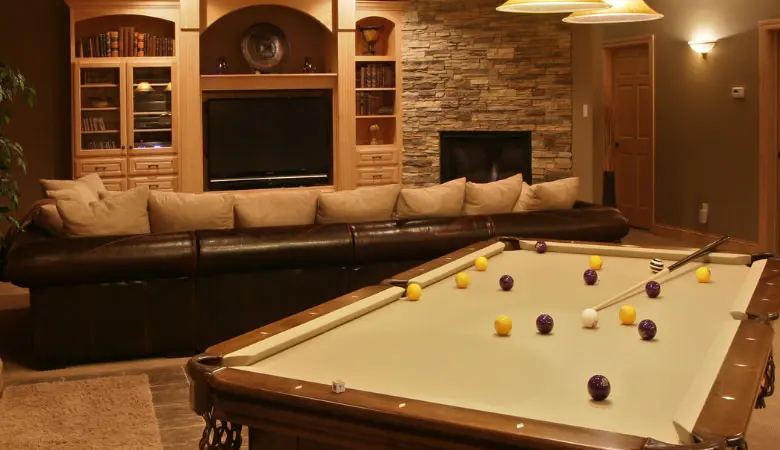
We like studding the walls out with 2X4s. If you can spare the extra space, 2X6s are even better because they allow room for more insulation. Never, under any circumstances, nail furring strips onto the walls. Penetrating the foundation will compromise its barrier against water.
Use construction adhesive rather than nails or screws to adhere your bottom wall plate to the floor. It’s ok to nail the upper wall plates into the upper floor joists.
Don’t glue down your basement carpet. Carpet is something that is going to wear out and eventually need to be replaced. Glued down carpeting creates a real problem later on when trying to remove it. Tell your carpet installer to use construction adhesive to install the carpet tack strips around the perimeter. Do not allow them to drive nails into the cement floor.
Consider Hiring A Contractor
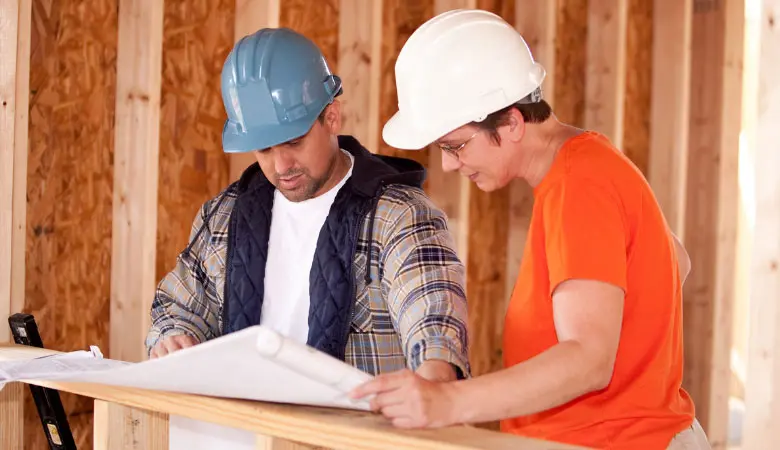
Even though your basement might not be much to look at now, you’ll want to end up with quality living space when the project is finished. Working on a project this size can be a handful. It can be very helpful to have an experienced renovation contractor finish your basement. Contact us for a free quote, or look for a contractor on Homestars or TrustedPros – we happen to be a 5-Star Renovation Company in case you were wondering.
Related Article: Basement Remodeling Starts With Permanent Waterproofing
Related Page: Basement Renovation and Finishing Services

